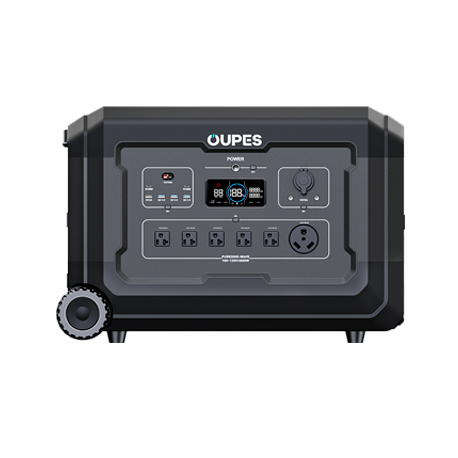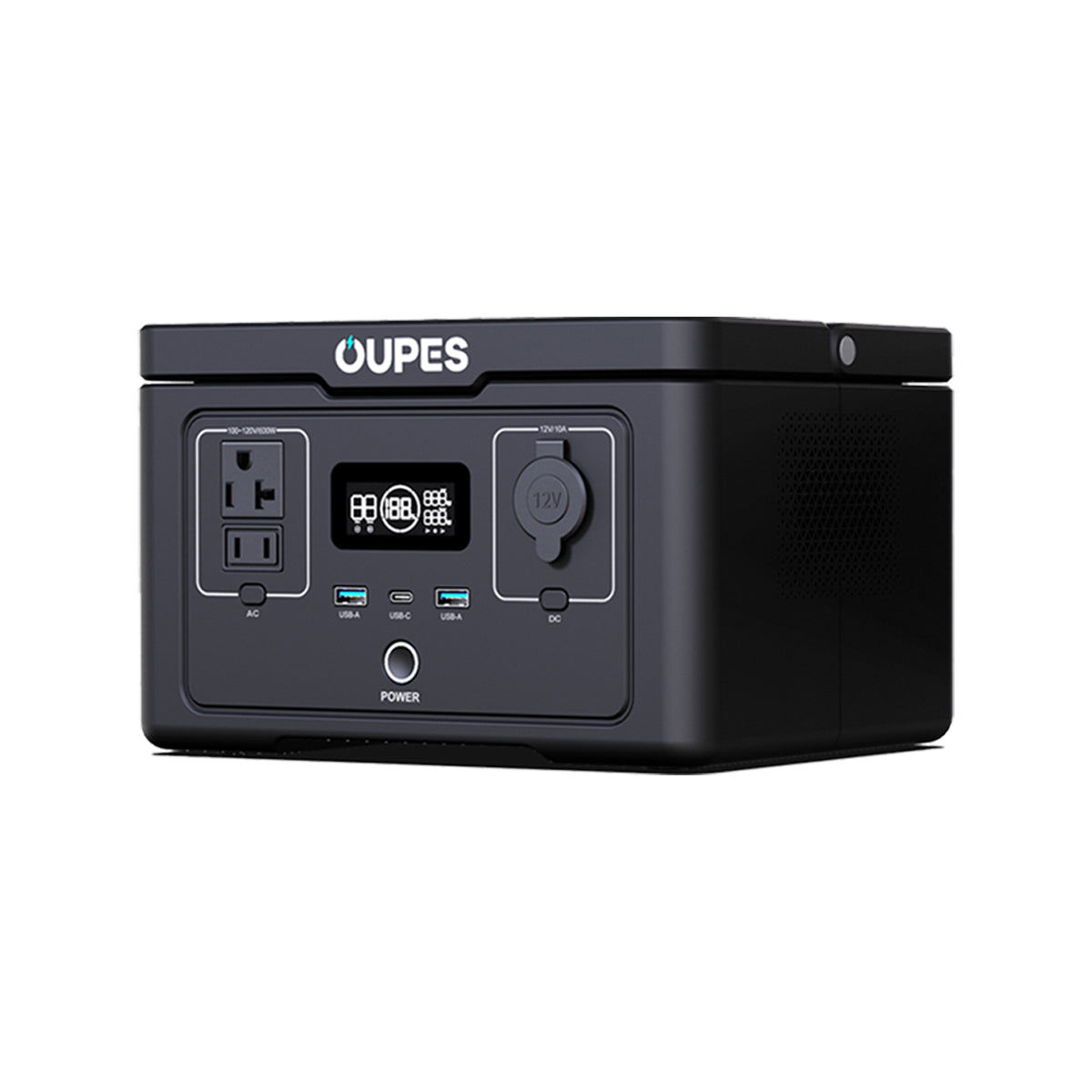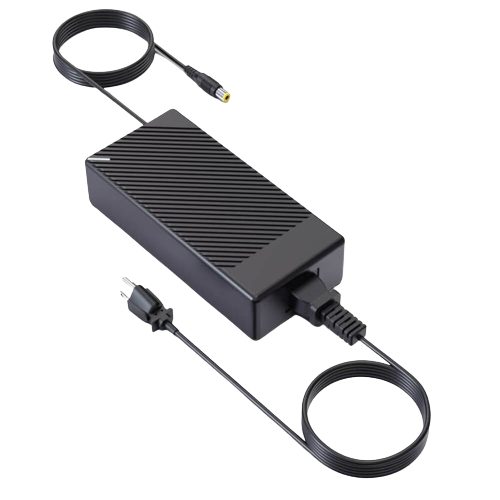Rolling Blackouts: What Are They and How Do We Stay Prepared?
The current world is characterized by rising energy needs and the complex challenges of upholding a reliable power grid. Therefore, the notion of rolling blackouts has become a strategic solution to tackle potential mismatches between the supply and demand of electricity.
But what are the rolling blackouts and how do they help us stay prepared? Keep reading to find out!
What are Rolling Blackouts?
Rolling blackouts are also known as rotating outages. They are brief and deliberate interruptions in power supply. They are used by energy providers to avert the risk of overloading and potential long-term damage to the electrical grid and substation. "rolling" is used because these interruptions move sequentially from one city area to another.
During a rolling blackout, power is temporarily cut in a specific neighborhood. This alleviates pressure on the grid and prevents widespread darkness across the entire city or district. These controlled outages are crucial to ensuring the availability of essential services, such as:
- Hospitals
- Fire and police stations
- Emergency dispatch centers.
Rolling blackouts are enacted to safeguard aging grids and power stations, especially when one unit is out of service. Additionally, they are frequently implemented in response to storms or unexpected severe weather conditions when the grid needs to prepare for the surge in power demand.
What is the Duration of Rolling Blackouts?
The duration of rolling blackouts is variable and contingent on the event's severity. These controlled power interruptions end within 1-2 hours, with electricity being restored thereafter. However, the outage may extend to 4-6 hours in more severe situations.
These planned interruptions occur during daytime hours when there is a heightened energy demand, surpassing the power grids' capacity.
During Which Seasons Do Rolling Blackouts Happen Most?

Rolling blackouts are frequent when there is heightened electricity demand. This places strain on the power grid. The occurrence of these blackouts may vary with the seasons, depending on the region. However, certain overall patterns can be identified.
Rolling outages are commonly scheduled during peak weekend hours from 4 to 7 pm, although they can occur anytime.
How Do Rolling Blackouts Work?
Many developing nations, including South Africa, grapple with insufficient power production. This results in daily rolling blackouts termed load-shedding. Ghana has experienced a 55% increase in power access in less than three decades. However, it still enforces power rationing due to outdated equipment.
In the USA, an aging power grid faces strain from overbuilding and extreme weather conditions. This is because some components date back to the 1950s and late nineteenth century.
Unexpected weather events can catch utilities off guard. This leads to insufficient power for heating or cooling. When a power station fails, as seen in Texas in the winter of 2021, others must compensate. Rolling blackouts are triggered to prevent large-scale, prolonged outages.
In recent years, several major rolling blackout incidents, including the winter of 2022 affecting 60% of the US population, have been triggered by extreme weather events.
How To Prepare For A Rolling Blackout?
To address the challenges and hazards posed by rolling blackouts, both individuals and businesses must make preparations in advance.
Prepare a Power Backup Supply
Electricity disruptions can occur in any region, potentially lasting for extended periods. Consequently, homeowners should consider securing a dependable backup power source.
An outstanding power solution is the OUPES Solar Generator, which is available in various charging capacities. OUPES solar generators are an excellent power solution available in a variety of charging capacities. Take the OUPES Mega 5 Home Backup & Portable Power Station as an example. With a capacity of 5040Wh, it can power 99% of appliances.
In addition, this charging station also has the fastest charging speed in its class and can be fully charged in just 1.5 hours. The maximum input charging speed is 3900W. Whether you're at home, on the road, or off the grid, you always have the option to stay charged and ready.
Stock Up Essential Supplies
A brief blackout lasting one or two hours might not necessitate stocking supplies. However, if the outage extends for several days, local pharmacies and grocery stores could struggle to meet essential demand.
In such circumstances, the optimal solution is proactively stocking up on essential supplies. Acquire non-perishable foods that do not require refrigeration to prevent spoilage. Additionally, obtain necessary medications from the pharmacy ahead of time.
Prepare by stocking up on other essentials like warm clothing, flashlights, batteries, portable radios, and similar items. This proactive approach ensures your safety and comfort during prolonged outage events.
Stay Updated With ERCOT News
Enroll in blackout alerts offered by your power grid provider. If your utility company doesn't provide signs, stay tuned to local news stations for updates.
Effects of Rolling Blackout

Rolling blackouts can result in various notable impacts on individuals, communities, and businesses.
Disruption of Daily Life
Rolling blackouts disturb people's routines and households. For instance, they impact fundamental activities like cooking and maintain comfortable temperatures. They also provide illumination and use electronic devices.
Economic Impact on Businesses
Businesses might encounter disruptions in their operations. This results in setbacks to productivity and financial consequences.
Industries heavily dependent on uninterrupted power, such as manufacturing and technology. Therefore, they may need help achieving production targets.
Reduced Industrial Output
Sectors dependent on a consistent power supply, may undergo diminished output during rolling blackouts. This, in turn, can create cascading effects on supply chains and overall economic productivity.
Solutions to Rolling Blackouts
Some solutions and strategies to address rolling blackouts.
Government Policies and Regulations
Implement and uphold policies and regulations to foster a secure and dependable energy supply. This could involve establishing benchmarks for energy efficiency, providing incentives for advancing renewable energy, and guaranteeing the upkeep of vital infrastructure.
Microgrids
You should deploy microgrids, decentralized energy systems that function autonomously or integrate with the primary grid. They provide a more robust and adaptable energy solution.
Infrastructure Investment
You should allocate resources towards expanding and enhancing power generation and transmission infrastructure. Doing this will accommodate increasing power demand.
This might encompass the construction of new power plants, the modernization of existing facilities, and the enhancement of transmission capabilities.
Diversify Energy Sources
You should allocate investments across various energy sources. This includes investments for renewable options like solar, wind, hydro, and conventional sources such as natural gas, coal, and nuclear.
This strategy lessens reliance on a singular basis, bolstering the overall resilience of the grid.
Conclusion
Rolling blackouts or transient power interruptions are prevalent in urban areas. Nevertheless, taking specific measures can aid in readiness and avert such occurrences.
You need to equip yourself for potential power outages by ensuring access to essential items, like a portable power supply source.
Take your time with the onset of a rolling blackout; secure a power supply source from OUPES and ensure your home remains free from blackouts.





















